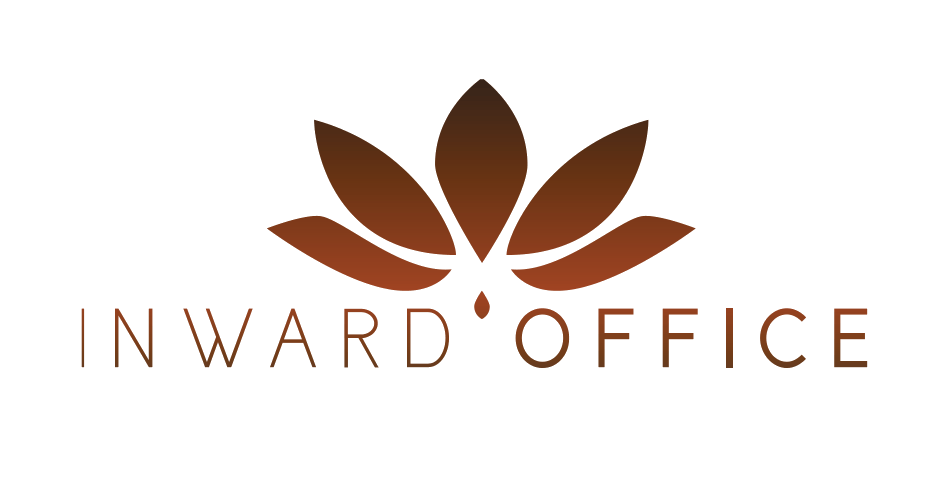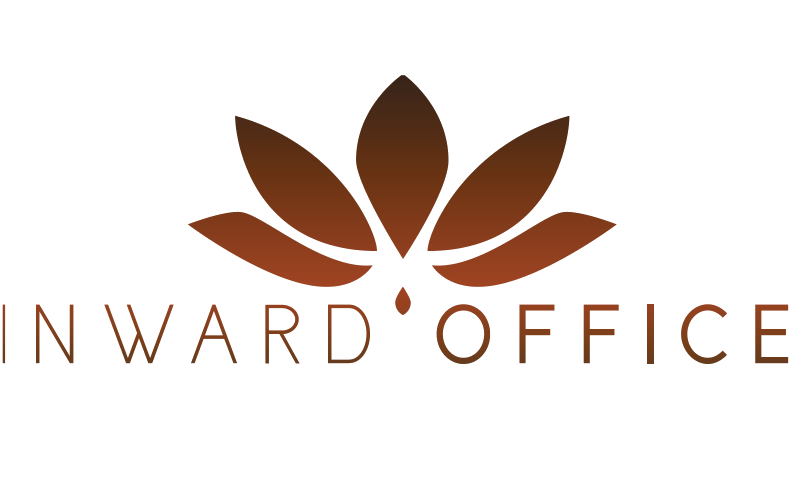Prenatal Yoga
Prenatal Yoga may as well be subtitled “Labor Preparation.” Most instructors know the prenatal poses and contraindications for many common physical conditions, but a true prenatal class also focuses on
(1) Community building
(2) Physical strength, stamina, and flexibility through pregnancy
(3) Rest and relaxation through pregnancy
(4) Becoming aware of the changes moment to moment and how to keep the mind and body stable through those changes
(5) Deep relaxation and rest
(6) Tips and discussion on motherhood
Here are some of the practices that my prenatal class highlights
MINDFULNESS
Each pregnancy is unique. Whether that’s the children themselves, the life circumstance, or our preparation for this pregnancy, we aim to approach our practice with a beginner’s eye. We let go of expectation and judgement and deep awareness is cultivated. Our habits become apparent and we are able to see what we need and make lasting change.
MOTHERHOOD
Motherhood is a constant challenge in being mentally flexible. Cultivating physical flexibility and the act of reaching the body physically into new forms increases creativity. Also using visualization helps deepen the imagination. Perhaps dinner was supposed to be at 6pm and it’s 7pm and you have just returned home with the groceries. With mindfulness and mental flexibility we are able to simply find the solution to the problem and be creative without regret. Chips and salsa and cheese it is!
RELAXATION
Many people are in a state of continual stress. Remembering how to relax is useful in balancing a fast paced life with many priorities to manage. Relaxation can, at first, come in handy during labor to allow the process instead of trying to exert control. Furthermore relaxation can help a tired mama to develop energy reserves before baby arrives and after. After baby comes, relaxation practice can help us deepen our bonding by fully being present and at ease in all of the tiny new joys of the new addition.
KEGELS
During my first pregnancy I definitely slacked off and regretted it after a large tear & long healing process following my vaginal birth. Kegels help the pelvic floor’s elasticity and decrease the changes of a uterine prolapse. The pelvic floor supports the abdominal cavity and is the name of the musculature surrounding the area baby’s head moves through as s/he is born. In Yoga we also learn of the energetic influence of contracting the pelvic floor. Contracting send the energy upwards and relaxing it allows energy to move down. We learn about the muscles in the area: adductors (inner thighs), glues, and anus and how they all relate to the pelvic floor. Do you know the shape of the pelvic floor? You will learn in yoga!
ABS (didn’t they disappear as soon as I was pregnant?)
We still do gentle abdominal work in yoga class. Some individuals do get tearing of the abdominal muscles as the size of the belly increases. Gentle strengthening of the abs helps us to maintain the shape and structure of these valuable muscles. If the abdominal muscles weaken significantly and are not strengthened in post-natal care (6 weeks+ after giving birth), lasting back and spine damage may result in future years.
Who teaches prenatal yoga? Teresa Principe, Marla Pelletier, and Sarah Lamb. Contact us about their studio classes or private or private group lessons.




